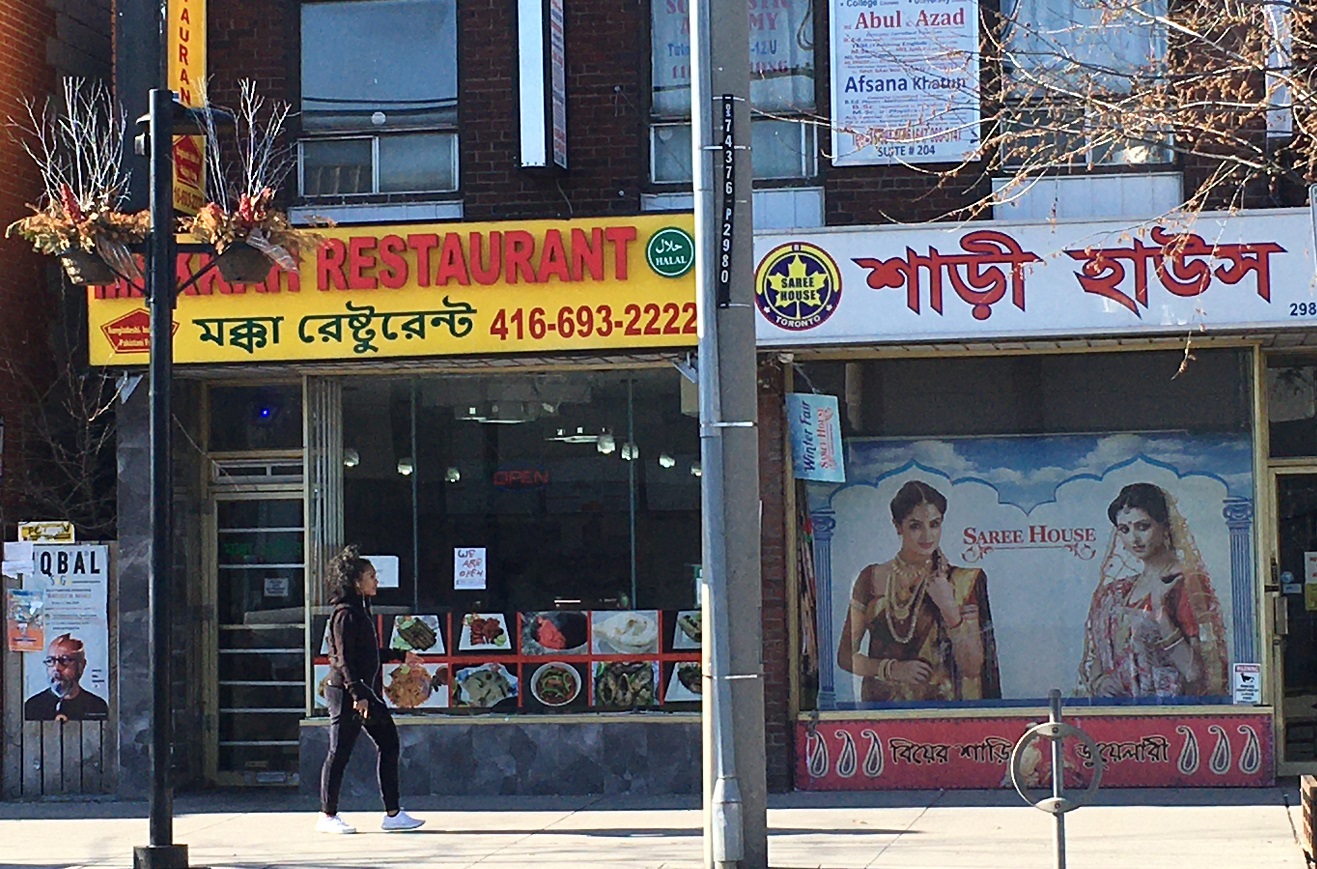Newcomer groups face unequal opportunities in the labour market

April 15, 2020
Since the early 1970s, the Canadian government has implemented immigration policies to bring increasing numbers of economic migrants to Canada to fill shortages in skilled labour. Immigrants arrive, having met criteria of advanced education and employability, yet often are confronted with barriers to employment that lead to economic hardship.
A study (external link) by CERC Migration Senior Research Associate Dr. Marshia Akbar shows that employment success varies among immigrant groups. Some groups more than others experience discrimination based on their race, gender and other social characteristics, when integrating into the workforce. Akbar also shows that, to assess the employment success of immigrants, it is not adequate to analyze migrants as a homogenous category; rather, we need to look at the differences among migrant groups to get a clear picture.
Akbar, herself, a newcomer from Bangladesh, was interested in how the Bangladeshi community fared relative to other immigrants arriving in Canada. Her research included an extensive literature review and a multinomial logistic regression analysis using the 2006 Canadian census. Akbar found that, like many recent racialized newcomers in Toronto, Bangladeshi immigrants, both men and women, have higher levels of educational qualification and labour force participation than their white immigrant counterparts. However, Bangladeshi immigrants earned significantly less income. In 2006, their median family income was just $38,257, almost half that of white immigrants earning a median income of $73,392.
“The earning deficit is important because it indicates that members of the Bangladeshi community are finding low-paid and precarious jobs,” says Akbar. “The mismatch between a Bangladeshi immigrants’ educational qualification and their family income is consistent with other research findings that there is less labour market success among racialized immigrants in Canada.”
The regression analysis illustrates how specific social characteristics influence Bangladeshi immigrants’ employment status. Highlights include:
- Women are more likely to be out of the paid labour force than men and less likely to be self-employed.
- Those who are 45 years of age and older are less successful than younger Bangladeshi immigrants in finding paid employment, and are more likely to be self-employed or completely out of the paid labour force
- The longer a Bangladeshi immigrant resides in Canada, the greater the likelihood they will become part of the paid labour force or self-employed.
According to Akbar, the findings have implications beyond the Bangladeshi community. “It is not enough to compare the labour-market experience of new immigrants to that of someone who is Canadian born,” says Akbar. “The experience of Bangladeshi immigrants is considerably different from that of white, non-racialized immigrants. Bangladeshi immigrants’ employment status is also determined by various social factors indicating the importance of recognizing intra-group differences among the members of a particular immigrant group.”
Akbar hopes her research provides a basis for analyzing more recent data to better understand the barriers faced by racialized immigrants, and where we can introduce change that will reduce conditions of under employment and systemic poverty in Canada.
Akbar, M., Examining the factors that affect the employment status of racialised immigrants: a study of Bangladeshi immigrants in Toronto, Canada, South Asia Diaspora, 11:1, 67-87, Sept 23, 2018. Downloaded at: https://doi.org/10.1080/19438192.2018.1523092